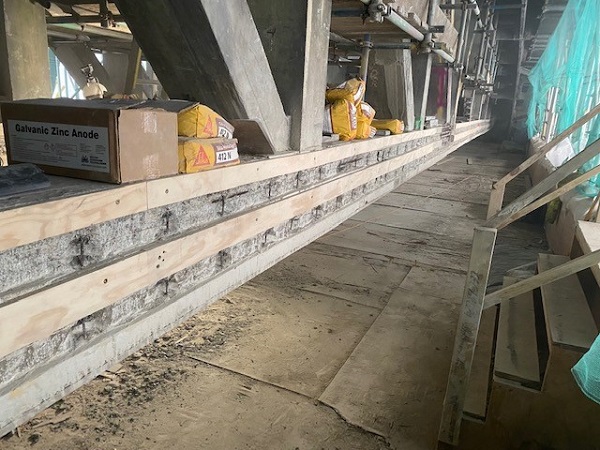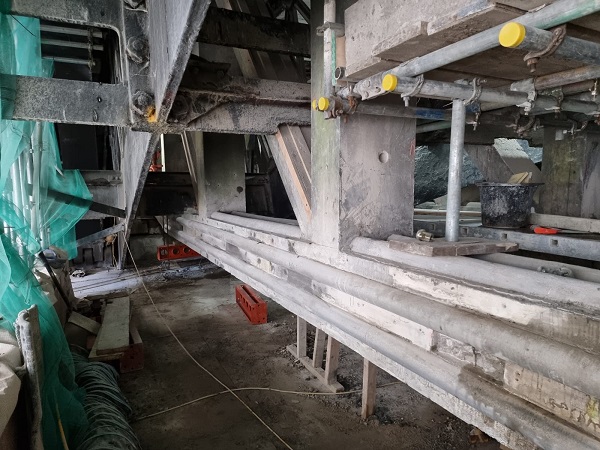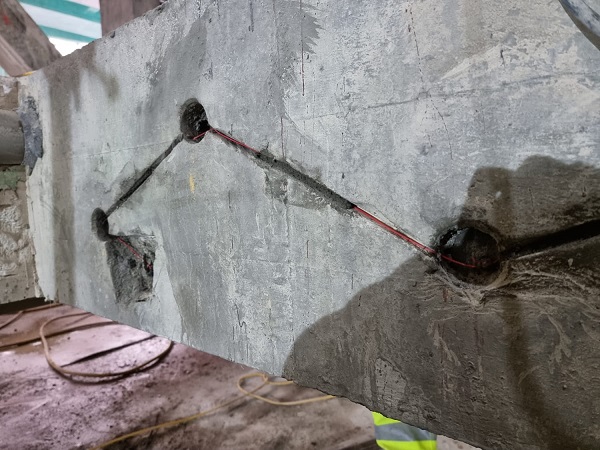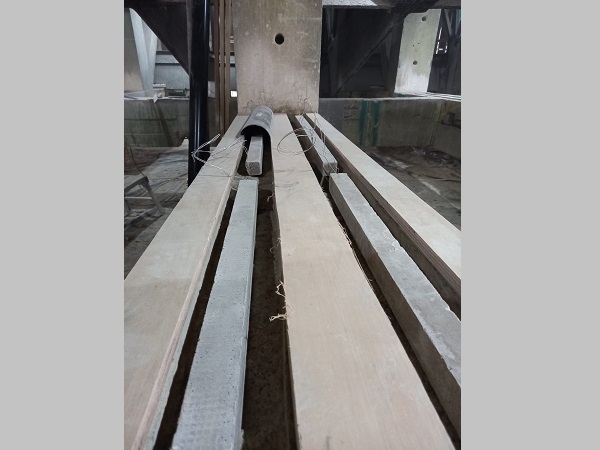CRL have been sub-contracted by Dyer and Butler to perform anode installation and structural repairs on the historical Cleveland Bridge in Bath.
Now at around the halfway stage, the deck has been implemented with a hybrid impressed current and galvanic anode system containing 560 Fusion anodes. Fusion anodes have an internal battery in them so that it combines an initial impressed current over the first 2 months of installation (passivation) and then the Zinc content works as a galvanic anode (maintenance) over the next 20-30 years.
Underneath the bridge there are four trusses, two of which are nearing completion with all repairs completed and the majority of the distributed anode system (DAS anodes) installed. DAS anodes come in lengths between 1-3m and are widely used across north America and France, but rarely used at all in the UK. At Cleveland Bridge, CRL are installing 1.2km of DAS anodes to provide protection to the reinforcing steel by corroding before the reinforcement. Due to the high volume of steel within the structure, the anodes cannot be fully encased so semi-circle of flowable concrete will be cast around them to fully embed them and will form a unique shape not seen on many other bridges.
This is hoped will extend the connected reinforcements lifetime by around 30 years.
Now at around the halfway stage, the deck has been implemented with a hybrid impressed current and galvanic anode system containing 560 Fusion anodes. Fusion anodes have an internal battery in them so that it combines an initial impressed current over the first 2 months of installation (passivation) and then the Zinc content works as a galvanic anode (maintenance) over the next 20-30 years.
Underneath the bridge there are four trusses, two of which are nearing completion with all repairs completed and the majority of the distributed anode system (DAS anodes) installed. DAS anodes come in lengths between 1-3m and are widely used across north America and France, but rarely used at all in the UK. At Cleveland Bridge, CRL are installing 1.2km of DAS anodes to provide protection to the reinforcing steel by corroding before the reinforcement. Due to the high volume of steel within the structure, the anodes cannot be fully encased so semi-circle of flowable concrete will be cast around them to fully embed them and will form a unique shape not seen on many other bridges.
This is hoped will extend the connected reinforcements lifetime by around 30 years.
15th November 2021
Cleveland Bridge Refurbishment
Cleveland Bridge Refurbishment
Submitted by Jon Bradshaw
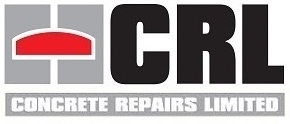
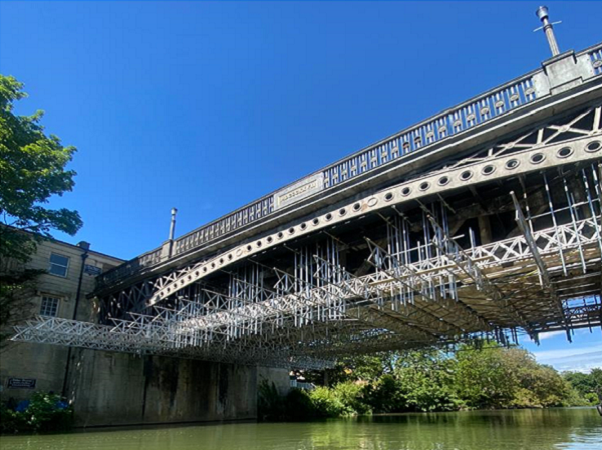
1 of 5
